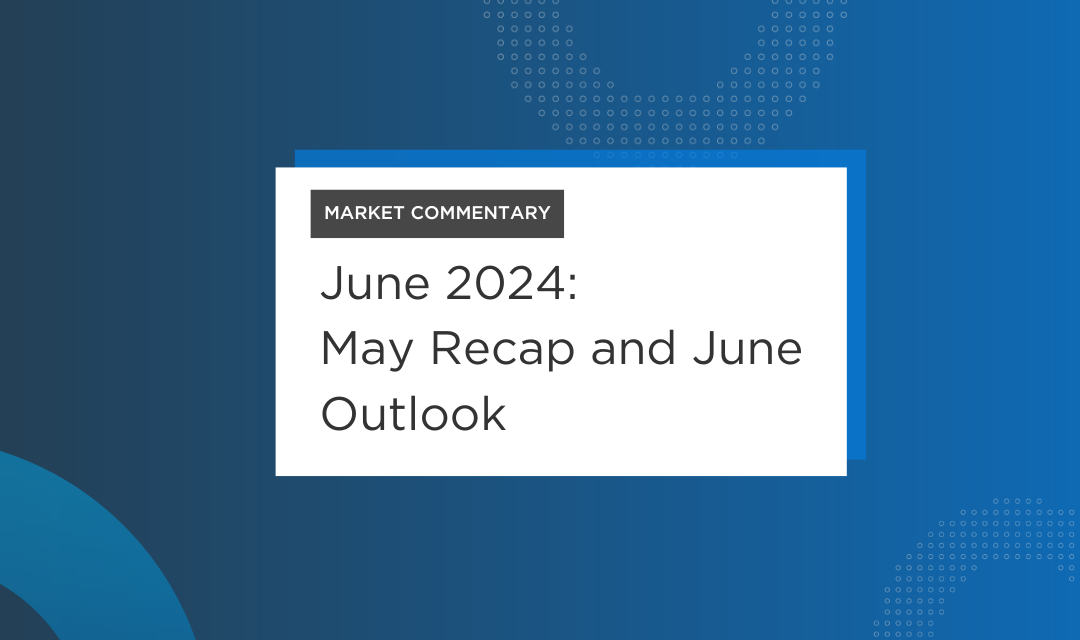Your score can be the difference in an incredible rate for a large purchase and a horrific rate. Let’s look at a purchase of a new car for $25,000. On the day I’m writing this blog, a prime rate for a car is 2.99%. The best sub-prime rate I can find is 5.91%. This is a difference of almost 3% (that’s a 100% increase in the rate). The payment comparison is $449 versus $482 per month; the total cost throughout the life of the loan is $26,946 as compared to $28,936. That’s almost a $2,000 difference! A car example may seem like a small difference, but imagine this type of spread on a $250,000 home purchase with a 30 year loan. The difference exponentially grows.
The above example shows how important a credit score can be to your plan. In observing many lenders, the ideal score is above 760. Consider that your bogey and what you should aim for if you’re not there yet. There are a couple steps you can take to increase your credit score.
- Check your current credit report.
A credit score is a like a GPA in college. It’s your grade up to this point of your overall classes. The report shows you the score in each specific course and shows what classes you did well in. Similar to universities, they will let you retake a course or two and the new score will replace the old one. A credit report has the same purpose. You can take a look at it and see if there are issues you weren’t aware of. This is the most important step. You can’t improve your score if you don’t know what your score is. Go get your score and review if there are any discrepancies.
- Review your open credit lines.
To start, you should have at least three lines of credit (i.e., a credit card, an auto loan, and another credit card or something different). However, I only encourage you to do this if you know you can control your spending. If you have trouble budgeting, this may not be the best step for you. Go back and revisit budgeting before proceeding.
- Increase your limits on your credit cards.
The formula the credit bureaus work with is how much you spend compared to the limit you have available. If your monthly spending is $3,000 on a credit card with a limit of $5,000, they will show you spend 60% of your limit. It does not matter if you pay it off each month, because they are looking at the constant amount you are spending. Increasing the $5,000 to $10,000 limit and maintaining the same spending lowers your borrowing percentage from 60% to 30%. The credit bureaus view this in a positive light.
A credit score is a GPA for your future borrowing. It is complicated and will take time and effort to improve it, but I assure you it’s worth it. Your credit score could make the difference between a 3% interest rate and a 6% interest rate if you’re not careful, so sit down sometime this week and review your current report. You’ll thank me later!


